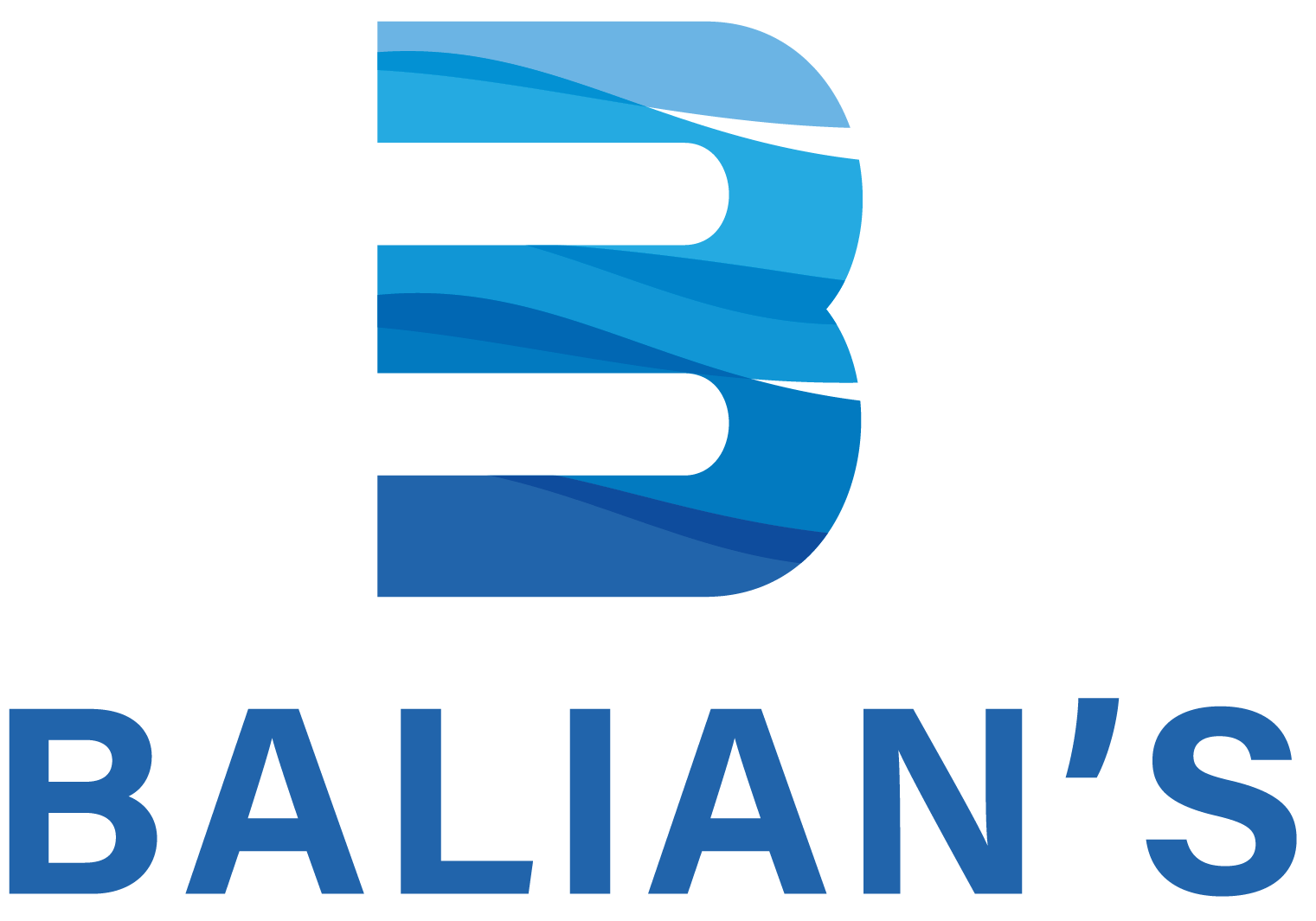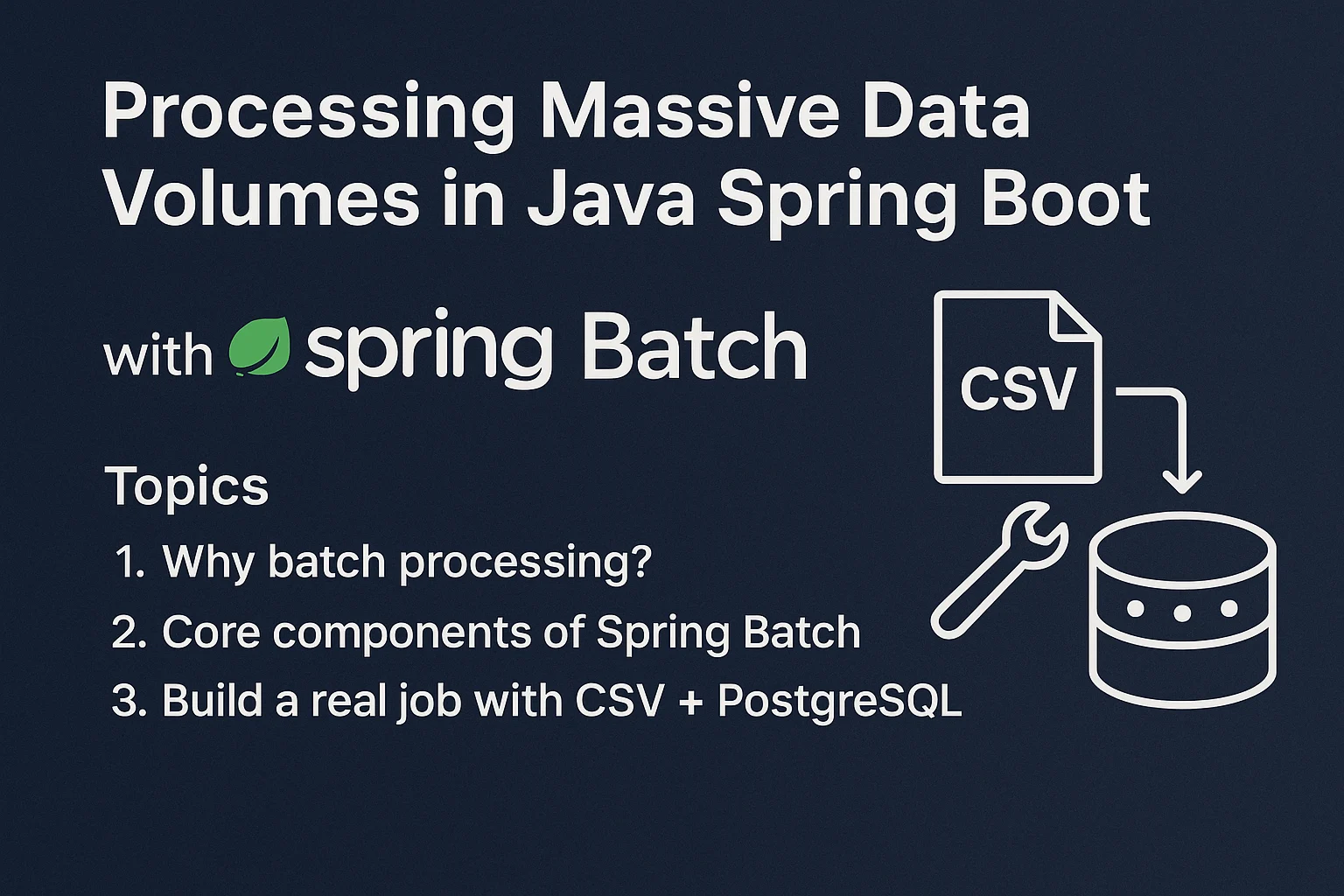Blue-Green and Canary Deployments: Zero-Downtime Releases


Blue-Green and Canary Deployments: The Future of Safe Releases
Releasing software without disruption is no longer a luxury — it’s a necessity. In our high-velocity, cloud-native world, downtime equals dollars lost and trust broken. As teams adopt microservices, containers, and CI/CD pipelines, they quickly face a daunting challenge: How do you push updates without breaking production?
That’s where Blue-Green and Canary deployments come into play. These deployment strategies are essential for zero-downtime releases, ensuring smooth transitions between application versions in Kubernetes.
But how do they work? And more importantly, how do you implement them right?
Let’s dive in through the eyes of a character you might find surprisingly relatable: Bob.
Meet Bob: Accidental DevOps Hero
Bob isn’t your typical DevOps engineer. In fact, he’s more of a jack-of-all-trades — a backend developer who accidentally inherited the infrastructure responsibilities when his team downsized.
One evening, Bob was walking his dog, Taco, when his phone buzzed. Another failed deployment. Another angry customer. Another rollback.
Over dinner that night, Bob told his partner, “I just wish there was a way to switch over to the new version without crashing everything.”
Turns out, there is.
That night, Bob began his journey into Blue-Green and Canary Deployments.
Step-by-Step Technical Walkthrough: From Theory to Practice
Let’s walk through how Bob implemented both Blue-Green and Canary deployments for a Spring Boot application running on Kubernetes, using Istio and Argo Rollouts.
🔵🟢 Part 1: Blue-Green Deployment in Kubernetes
What is Blue-Green Deployment?
You maintain two environments: Blue (current production) and Green (new version). Traffic is switched from Blue to Green when the new version is ready.
Step 1: Create Two Identical Deployments
Bob uses Kubernetes deployments named app-blue and app-green.
apiVersion: apps/v1
kind: Deployment
metadata:
name: app-green
spec:
replicas: 3
selector:
matchLabels:
app: my-app
version: green
template:
metadata:
labels:
app: my-app
version: green
spec:
containers:
- name: app
image: myregistry/spring-app:v2
ports:
- containerPort: 8080Step 2: Route Traffic Using a Kubernetes Service
apiVersion: v1
kind: Service
metadata:
name: my-app-service
spec:
selector:
app: my-app
version: blue # Start with blue
ports:
- protocol: TCP
port: 80
targetPort: 8080To switch traffic, Bob manually edits the selector to point to version: green.
Best Practice:
Automate the selector switch using Kustomize, GitOps, or an external deployment manager like Argo CD.
Testing and Cutover
Before switching traffic:
- Bob runs integration tests against the Green environment using its internal ClusterIP.
- He verifies performance metrics using Prometheus and Grafana.
- Then, he flips the switch: updating the service selector to
version: green.
Warning:
Blue-Green needs double the resources. Bob’s cluster ran out of memory the first time!
Part 2: Canary Deployment with Argo Rollouts
What is Canary Deployment?
Gradually shift traffic from the old version to the new one. Useful for catching issues in production with limited blast radius.
Step 1: Replace Deployment with Rollout
Bob replaces his Deployment with an Argo Rollout.
apiVersion: argoproj.io/v1alpha1
kind: Rollout
metadata:
name: spring-app
spec:
replicas: 4
strategy:
canary:
steps:
- setWeight: 25
- pause: { duration: 30s }
- setWeight: 50
- pause: { duration: 60s }
- setWeight: 100
selector:
matchLabels:
app: my-app
template:
metadata:
labels:
app: my-app
spec:
containers:
- name: app
image: myregistry/spring-app:v2
ports:
- containerPort: 8080Step 2: Monitor and Pause on Failures
Bob integrates Argo Rollouts with Prometheus to track error rates and latency. If a threshold is crossed, the rollout pauses automatically.
analysis:
templates
- templateName: error-rate-check
args:
- name: error-rate
value: "0.01"Best Practices:
- Use HPA (Horizontal Pod Autoscaler) to scale during rollout.
- Always include health probes in your containers.
- Enable rollback hooks in Argo Rollouts for safe recovery.
Troubleshooting and Pitfalls

Lessons from Bob
Bob didn’t become a DevOps expert overnight — but by adopting Blue-Green and Canary deployments, he drastically improved his team’s confidence in releases.
Key Takeaways:
- Blue-Green: Safe and simple, but resource-heavy.
- Canary: Fine-grained control with real-time metrics.
- Automation is king: Use tools like Argo CD, Istio, and Prometheus.
- Start small: Test strategies in staging before production.
Find us
Balian’s Blogs Balian’s
linkedin Shant Khayalian
Facebook Balian’s
X-platform Balian’s
web Balian’s
Youtube Balian’s
#Kubernetes #DevOps #CloudNative #Microservices #BlueGreenDeployment #CanaryDeployment #ZeroDowntime #SpringBoot #CICD #ArgoRollouts #Istio #SRE #TechBlog #PlatformEngineering #K8s #Observability #GitOps #CloudEngineering #DevOpsLife #DeploymentStrategies






